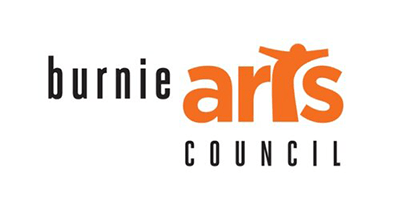Multi-media artist Rachel Smith was born in Canada and raised in Europe, Asia and North America. She currently lives in Hong Kong. The use of sustainable materials is an important feature of her practice.
‘I choose to work in paper because of our living conditions in Hong Kong. Space is very limited.
Most Hong Kongers do not have room to display artwork. Paper artwork allows for flexibility, and disposability. The fleetingness is satisfying.’
Value ≠ Worth references Queen Elizabeth II’s coronation dress. ‘When 25-year-old Elizabeth ascended to the throne of the United Kingdom in 1953, she was wearing the wealth of nations. She wore a robe of state, a chain of office, earrings, a necklace and a bracelet. She held the rod and sceptre and an orb, both encrusted with jewels from various lands around the world.’
‘With this work, I intend to take this icon of that immense unvaluable/valueless worth and recreate it in a more truly valueless material, leftover paper.’
Rachel is also an educator and storyteller, and there is a story behind the materials gathered for Value ≠ Worth. The paper is from a local garment factory that had recently closed. Hong Kong had once had a thriving garment trade, with many small workshops making up the backbone of the economy post WW2. Rachel was given their giant roll of industrial patterning paper as it was going to be thrown away. The velcro is from Sham Shui Po, the district that used to be the garment hub of Hong Kong but that has almost disappeared after the last few years of being isolated from the world due to covid.
The coronation dress included flower representations of each of the parts of the UK and each of the members of the empire. Its estimated cost was between 1.6 and 2 million USD. The dress shows from top to bottom: Welsh leeks, Irish shamrocks, Scottish thistles, English roses, Canadian maple leaves, Australian wattle, Pakistan wheat, cotton and jute, India and Ceylon lotus flower. Rachel has painstakingly replicated these symbols throughout the skirt by employing the papercutting method. It took several weeks and some helping hands. Even more challenging, it was created during partial lock-downs due to COVID. Despite this, Rachel says: ‘It was a wild time, with work being cancelled, gathering restricted even further and government controls tightened. The obsessive and ridiculous amount of cutting was a great outlet for the frustration and anger that resulted from various happenings at the time.’
Materials: Industrial patterning paper, velcro, PVA and shoe glue. Crown – card stock paper.
Rachel’s WEBSITE
MAKING OF VIDEO - coming soon!
